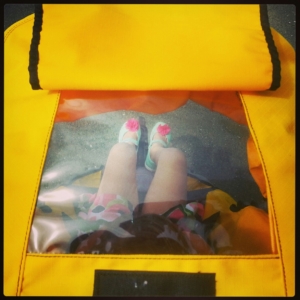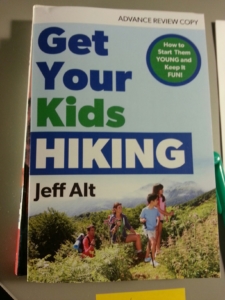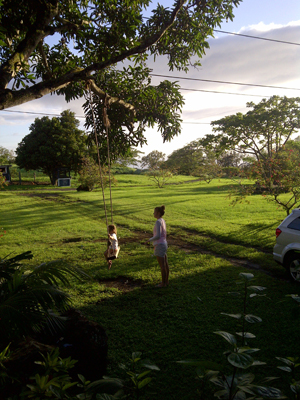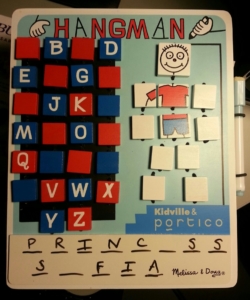Sightseeing with the Family, Prefontaine-style
Many families like to explore new cities on guided tours. Others prefer to rent cars and see the sights on their own. Still others—usually those with kids old enough not to complain—like to walk.
In this family, however, we take a different approach. When I’m itching to experience a new place with my kids, I buckle them in a jogging stroller, lace up my sneaks and start running.
The result is a fast-paced, ground-level view of the very best a destination has to offer. We run through urban parks, alongside rivers and over bridges. We run along quiet roads, past farmlands and (at least in our hometown) vineyards. When we’re feeling really adventuresome (and when traffic doesn’t create a major safety issue), we even dash by major tourist attractions.
Because I’m the one mushing, because these runs usually are epic (read: 1 hour or more), I call this method of sightseeing the “Daditarod.”
The approach keeps everyone happy:
- I like it because I get in a killer workout (trust me: pushing a 40-pound human and a 6-pound jogging stroller up a giant hill is tougher than anything I’ve done with the personal trainer).
- My wife likes it because taking the kids out for a jog frees her up to take a tub, hit the spa or swing by a museum on her own.
- Of course the kids like it because they can sit back and tune in or check out when they want to, without having to worry about following along.
L also appreciates having the privilege of using my Smartphone to play deejay, and regularly blasts old-school Taylor Swift songs as we plod along.
Depending on where you travel, you can either rent a jogging stroller or bring one from home. We’ve done both; while renting the devices can get expensive, I recommend that approach because these strollers take up a TON of room in the back of a truck or car. (Of course you also could ask Facebook friends at your destination if they have a stroller you could borrow.)
In case you’re wondering, most manufacturers sell special shields for you to throw over the stroller to keep the kiddos dry when it rains. Some manufacturers also sell full-body warmers to keep babies toasty in the cold.
So…if you run and you can get hands on a jogging stroller during your next trip, give this a try. It’s easy! It’s fun! And the word “Daditarod” becomes “Momitarod” in a flash.










